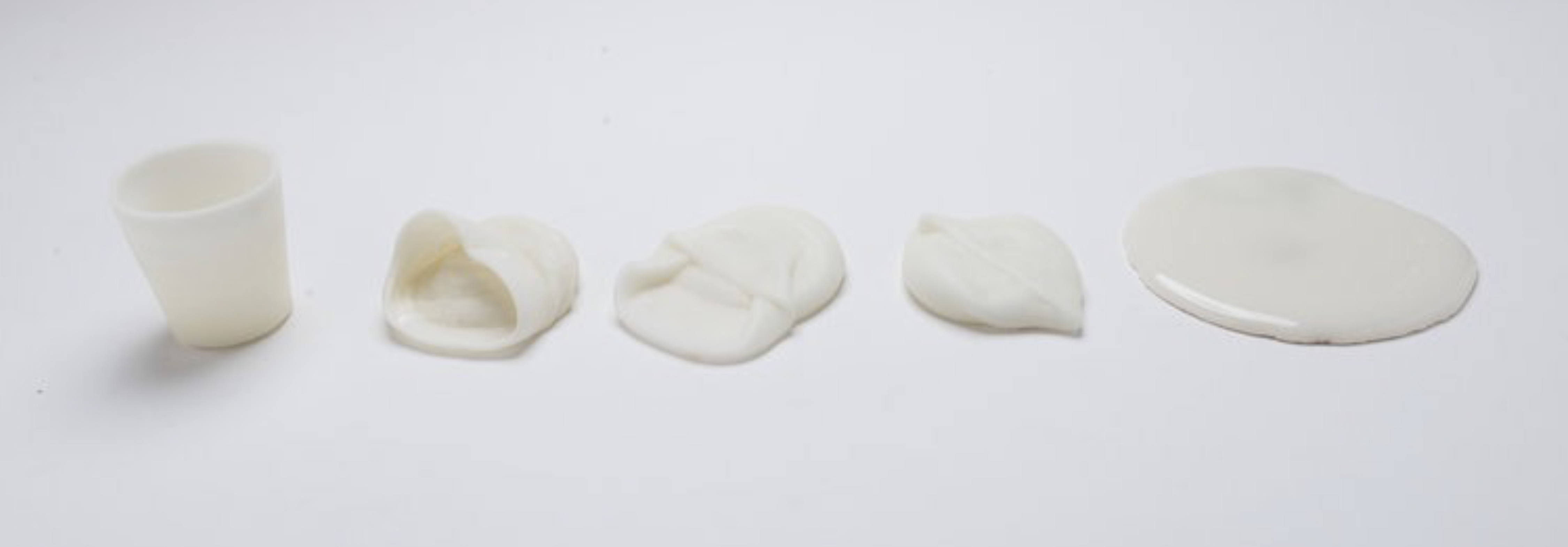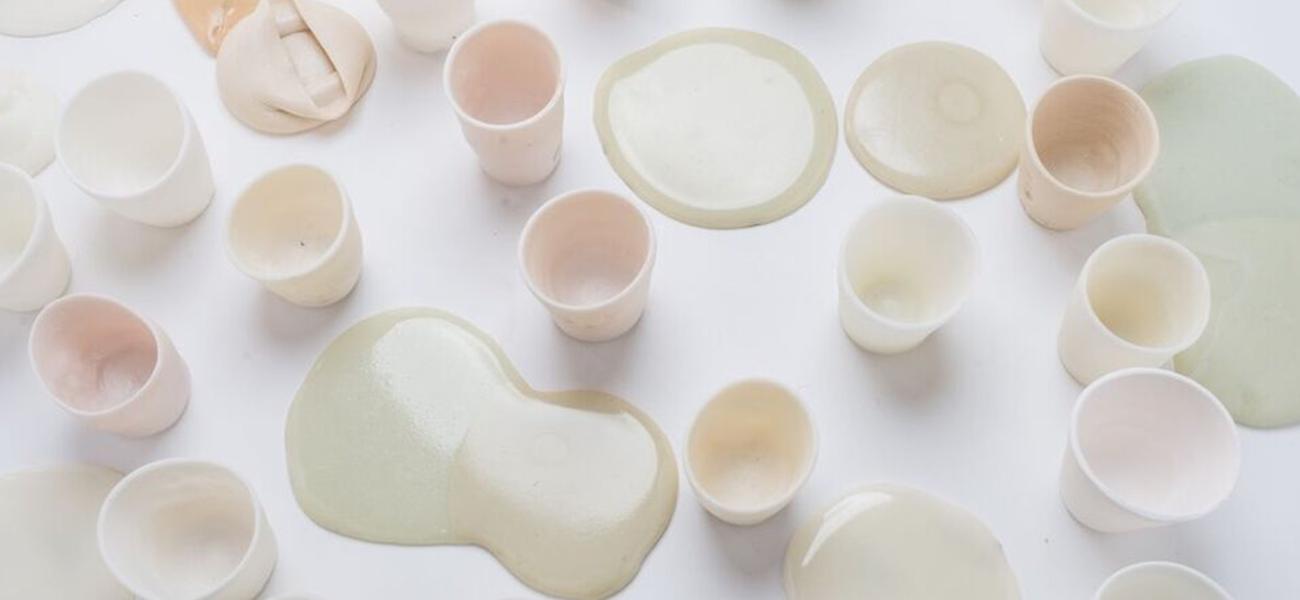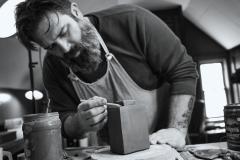Ceramics is difficult enough. Our work is always on the cusp of failure; it will crack, warp, dunt, or explode. We, potters, have grown accustomed to disappointment because of the regularity of failure within our process. Since my time in production, I have tried to simplify whenever I can. The less I handle my work, the more successful it will be. OHIO, Only Handle It Once, is my motto. My current research is an ongoing development of a porcelain clay body that matures at an extremely low temperature, thus simplifying my process and curbing my disappointment. To understand and appreciate this research, clarifying some aspects of ceramics for the uninitiated is important.

First, to most of the ceramics community, Porcelain (with a capital P) is high-fire. This means that when we use the word "porcelain," it implies that the work has been fired to at least cone 10. Traditional porcelain is a type of clay with few impurities, which would lower the melting point, so it must be fired extremely high to vitrify (harden and increase density in) the clay to ensure it is not porous. Second, fired, porous clay is the devil. Most functional ceramics have a porosity between 1% and 3%, but some earthenware clays can be as high as 20% after they are fired. Third, Egyptian paste uses a process in which soluble salts are added to liquid clay, which in turn produces a glossy surface on fired ceramics. Finally, soft-paste porcelain was used in sixteenth- and seventeenth-century Europe to replicate authentic Chinese porcelain. Because of the poor elasticity, soft-paste porcelain was limited to casting and could not be hand-built or thrown on the potter’s wheel.


